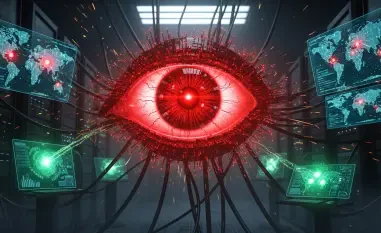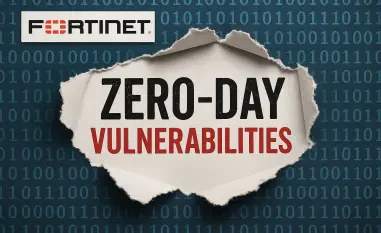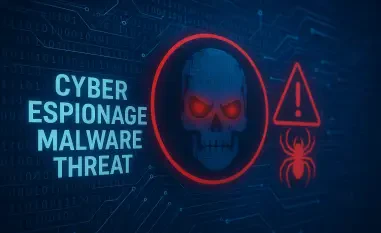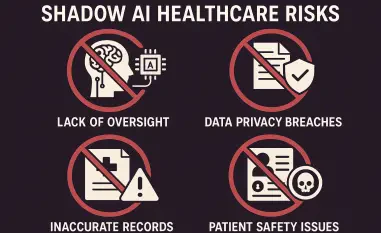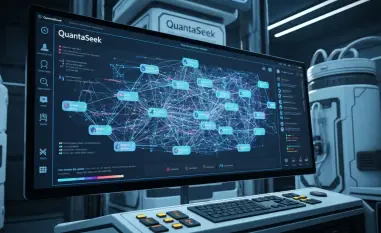A recent cyber incident underscored steganography’s stealthy power, capturing the attention of cybersecurity experts worldwide. Attackers manipulated common file pathways to camouflage malicious data within innocuous images. This capability to seamlessly integrate harmful code into unsuspecting files elevates steganography as a formidable tool in the evolving landscape of cyber threats. As digital information exchange becomes ever more complex, understanding the nuances of this technique becomes essential.
Current Trends and Adoption in Malware Steganography
Data and Growth Trends
Within the last few years, malware employing steganography has surged, reflecting a 50% increase in detection rates. These concealed threats often bypass conventional security measures, embedding harmful codes within common image formats. Credible sources indicate that steganography’s adoption in cyber-attacks has become systematic, as cybercriminals exploit its potential to hide data effectively from unsuspecting systems. This upswing in usage underscores the technique’s integration into broader hacking strategies and affirms its status as a pervasive threat.
Real-World Applications and Examples
The exploitation of steganography has played a critical role in significant cyber breaches, demonstrating its versatility in real-world scenarios. One notable case involved a multinational corporation targeted by steganography-laced image files, leading to substantial data breach repercussions. Industries utilizing images or graphic files are particularly vulnerable, as attackers cunningly exploit these exchanges. Furthermore, various cybercriminal groups have adopted this method to distribute malware, taking advantage of the lax scrutiny often given to images, thereby ensuring successful data infiltration.
Insights from Industry Experts
Cybersecurity specialists insist steganography’s sophistication marks a pivotal moment in digital security. Experts emphasize that traditional detection tools often fail against such concealed tactics, leaving systems increasingly vulnerable. This challenge necessitates innovations in security methods to detect and neutralize these threats. The pressing concerns revolve around steganography’s capability to adapt, as it incorporates cutting-edge technology to refine its concealment techniques. Many anticipate that, without proper countermeasures, steganography’s threat to cyber infrastructure could escalate significantly.
Future Outlook of Steganography in Cybersecurity
Looking ahead, steganography is expected to play an increasing role in cyber threats, with advancements likely enhancing its evasive tactics. Experts predict this trend will continue, driven by the continuous development of algorithms that mask harmful activities within benign carrier files. Cybersecurity strategies may benefit from these advancements, incorporating AI and machine learning to counteract such deft applications. However, these evolving threats challenge defenders to stretch beyond traditional means, as industries strive to preemptively understand and address potential vulnerabilities inherent in data concealment techniques.
Conclusion and Call to Action
Reflecting on the increasing complexity of security challenges, it becomes crucial for organizations to adopt comprehensive cybersecurity strategies. The forward-thinking perspective emphasizes integrating advanced detection technologies, investing in workforce training, and encouraging industry-wide collaboration to address the steganography threat effectively. As the digital world progresses, laying the groundwork for robust cybersecurity solutions potentially equips organizations to better defend against the multifaceted challenges posed by surreptitious data embedding techniques.




